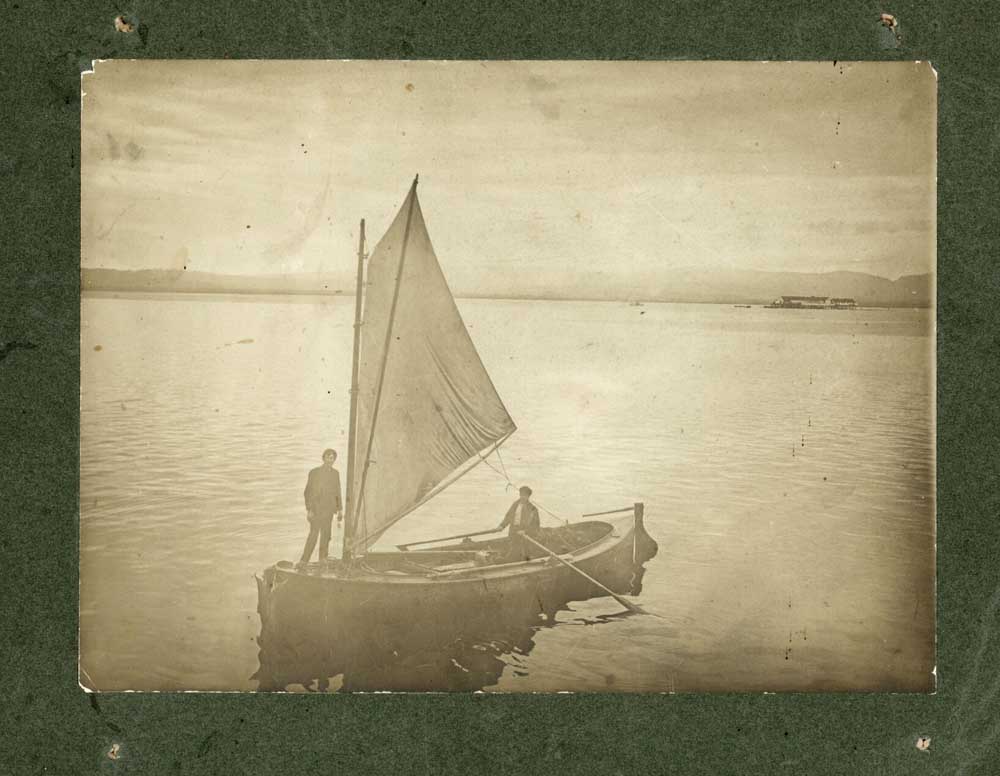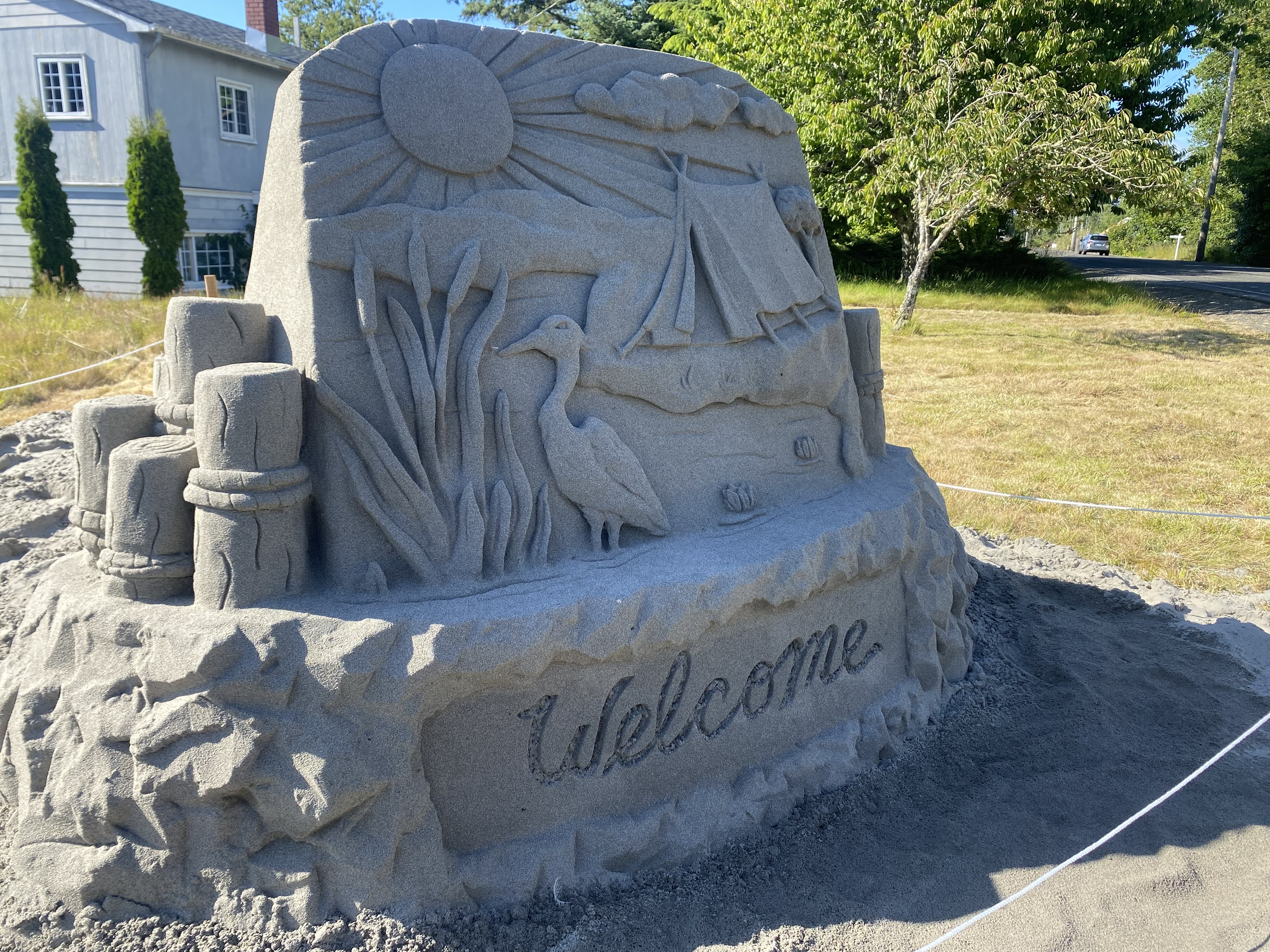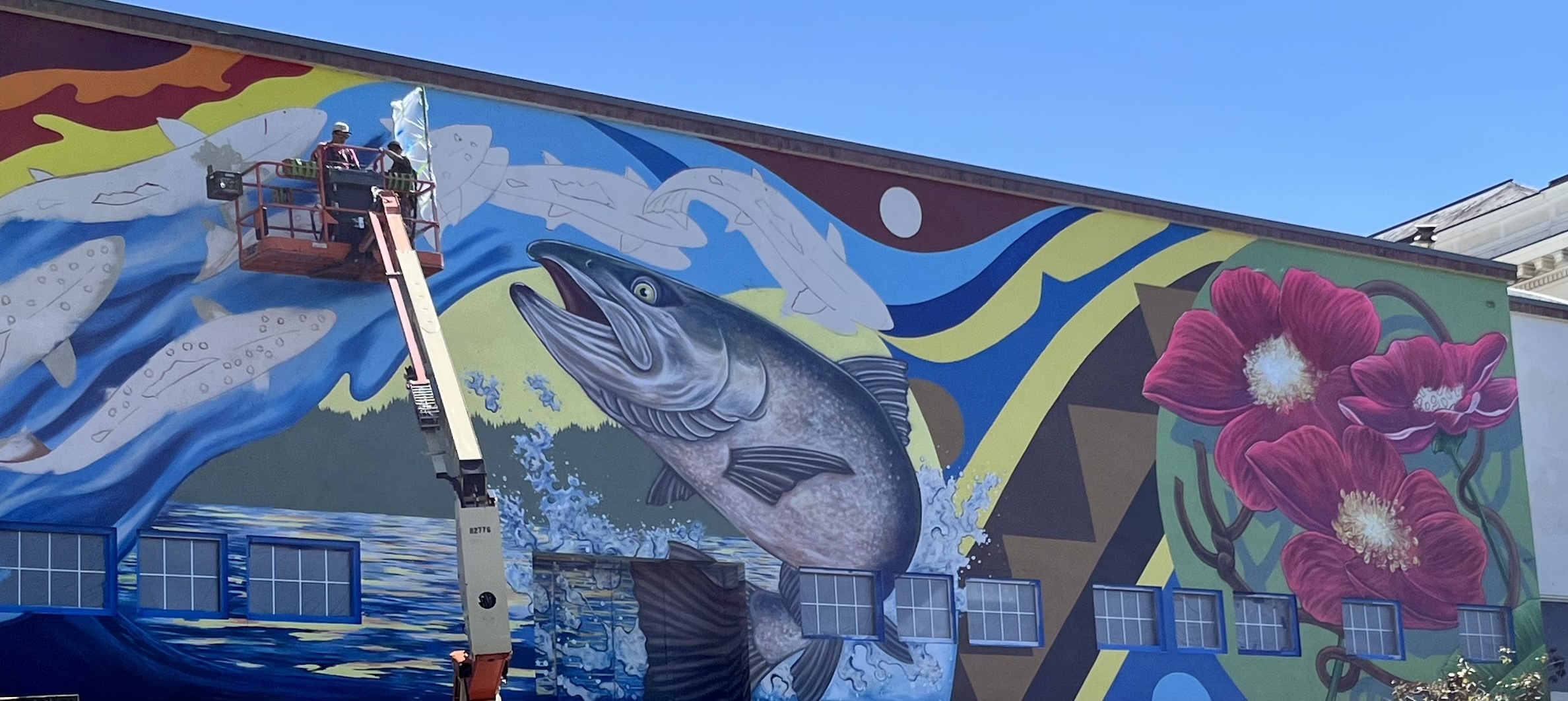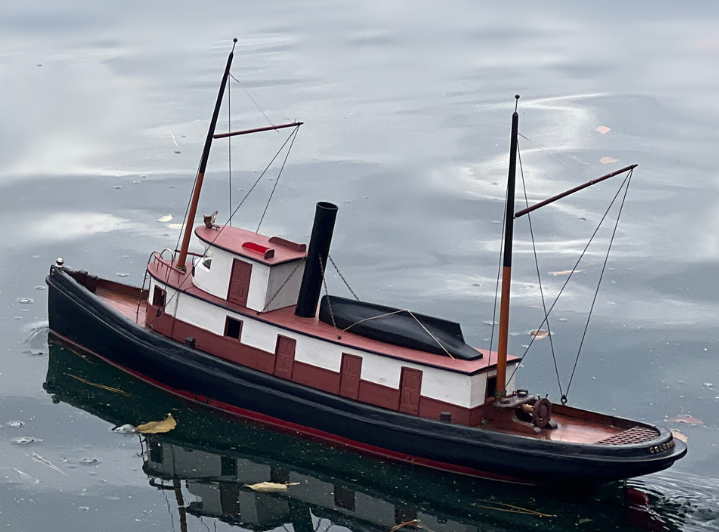Weekend Break: Columbia gillnetters
Published 1:00 pm Friday, June 2, 2023

- Gillnetters have been an integral part of the Columbia’s fishing history.
Though fewer in number today, gillnetters were once a common sight on the Columbia River and fueled the Oregon and Washington coasts’ maritime industries.
Trending
Indigenous peoples along the lower Columbia have used gillnets to catch a variety of fish since time immemorial. Traditional nets would be knitted from cedar, nettle or hemp.
Stones were attached to weigh down the bottom of the net, and wood attached to the top would float the net so that it hung vertically in the water.
The size of the mesh was adjusted for different types of fish. The mesh was designed so that the animal’s head could fit through, but not its body. Upon swimming through the nets, fish would become entangled and caught by their gills as they tried to back away.
Trending
European-American use of gillnets in Pacific salmon fisheries began in the mid-19th century. As this technique became invaluable to commercial fishing, vessels on the river were designed to accommodate it.
Historians generally identify five types of gillnetters in the Columbia River’s history. The traditional sailing gillnet boat was used from the mid-1800s through the early 1900s.
This wooden, two-person craft was powered entirely by oars and sails. The boats were “double-ended,” meaning that the front, or bow, and back, or stern, of the vessel were the same shape.
At the turn of the century, it was estimated that more than 2,500 sailing gillnetters could be found along the lower Columbia River.
They were seen as so common that no one thought to preserve the boats as they retired. By 1989, sailing gillnetters no longer existed. A replica of this boat is on display at the Columbia River Maritime Museum.
In the early 1900s, sailing gillnetters were converted to power and the shape of the boat began to change to accommodate its engine. Newer boats often had a square stern with a cabin for fishermen to sleep overnight during the busy season.
Sailing conversions often had an unpowered roller that would help fishermen retrieve the heavy nets once they were full of fish. Fishermen would typically stand in the bow as they picked their net from the water, which is where the iconic “bowpicker” gets its name.
Double-ended bowpickers and transom-sterned bowpickers were popular in the early- to mid-20th century and could be operated with just one person rather than the standard two.
As engines became larger and more powerful, the gillnetters could be built bigger and accommodate more.
Bowpickers quickly became the industry standard for Columbia River canneries.
Businesses like Bumble Bee Shipyard, Astoria Marine Construction Co. and Columbia Boat Building Co. all produced bowpicker boats.
Materials to build these boats changed over the years from traditional woods, like Port Orford cedar and white oak, to metal or fiberglass. Powered reels were introduced into the gillnetters’ design to bring the nets up from the water easier than ever before.
The practice of gillnetting can be found around the United States, including on the East Coast, Great Lakes and in Alaska. In Oregon, gillnetting has been limited to the Columbia River.
Commercial and tribal fishermen utilize gillnets to catch a variety of salmon, shad and sturgeon. Most currently reside in Clatsop and Columbia counties in Oregon, as well as Grays Harbor, Pacific and Wahkiakum counties in Washington.









